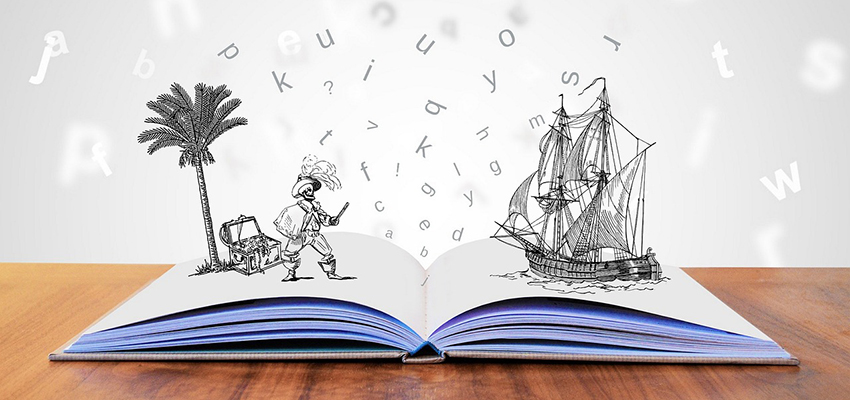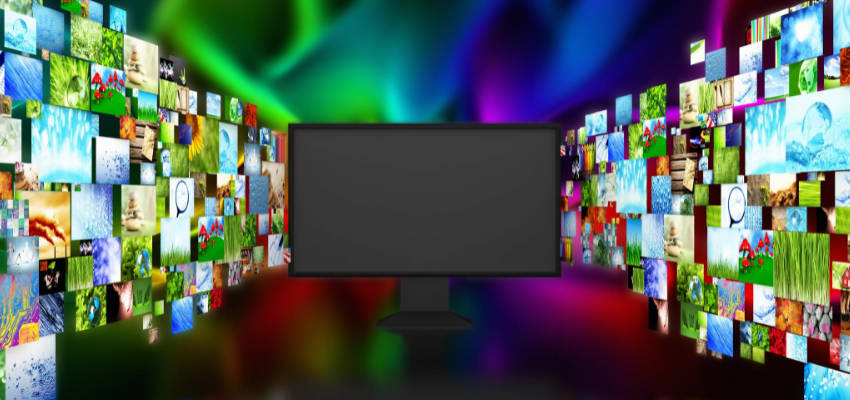Show:
Tools and Techniques for Media Enhancement
There is a growing need for cutting-edge tools and techniques to enhance the media environment in the quickly changing media sector, where the integration of visual and auditory cues is essential to audience engagement. This article explores many advanced technologies and techniques that boost the quality and impact of multimedia material and take it to new heights. We delve into the cutting-edge environment that empowers content creators and provides them with the instruments to craft fascinating and immersive media experiences, ranging from cutting-edge hardware to software.

Through this research, we uncover a variety of cutting-edge instruments that form the basis for contemporary media enhancement. Modern hardware and software interact in intricate ways that demonstrate how powerful technology can be when used by skilled designers. By navigating this creative landscape and opening the door for creating captivating and immersive media tales, content creators can meet and even exceed the expectations of a discerning audience.
Pixel Precision: Revealing the Fabric of High-Resolution Imagery
In an age marked by the prevalence of high-definition media, attaining pixel precision becomes crucial in elevating visual content quality. Advanced image editing software utilizes intricate algorithms, leveraging the capabilities of artificial intelligence, to finely manipulate pixels with surgical precision. Employing techniques like image upscaling and super-resolution, this process breathes vitality into visuals by enhancing resolution without sacrificing clarity.
Harmonic Acoustics: Reaching the Highest Quality Sound
Sound, often the most underappreciated multimedia component, is essential for eliciting feelings. Using object-based audio technology, sophisticated techniques create immersive aural experiences by projecting soundscapes into three-dimensional spaces. Advanced methods, such as psychoacoustic modeling and convolution reverb, improve audio quality by emulating authentic settings and enhancing depth perception.
Quantum Editing: Revealing the Mastery of Non-Destructive Manipulation
Step into non-destructive editing, where innovative approaches revolutionize the editing process. Utilizing algorithms that work on metadata instead of modifying the primary media files, these tools offer unmatched flexibility, enabling creators to explore diverse edits without jeopardizing the integrity of the original content. Quantum editing serves to safeguard the essence of the media and streamline collaboration among multiple contributors.
Luminosity Alchemy: Mastering Dynamic Range Enhancement
The contrast between an image’s or audio signal’s darkest and brightest regions, or dynamic range, is a key component of media quality. Luminosity alchemy is used in High Dynamic Range imaging and audio engineering mastering techniques to increase dynamic range, producing more lifelike images and detailed music. For example, HDR imaging improves color accuracy and contrast ratio, giving viewers a feast for the eyes.
Cinematic Augmentation: Elevating the Art of Visual Storytelling
The ongoing advancement of technology has ushered in a new era of cinematic enhancement. Cinematography is an artistic activity that transcends traditional limitations. In addition to being very versatile tools for presenting stories, Steadicam and drone photography are also excellent means of capturing amazing photos. Augmented and virtual reality technologies are crucial in this progressive setting because they allow viewers to become more fully immersed in stories and dissolve the boundaries that have traditionally separated the story from the spectator.
It is clear when we explore the possibilities of cinematic expression that these instruments embody the spirit of visual storytelling and transform the narrative experience. The possibilities for narrative are expanded by combining augmented and virtual reality technologies with conventional cinematography equipment. Furthermore, the emergence of cloud storage for media has further enhanced the collaborative potential of cinematographers, allowing for seamless sharing and cooperation on projects across regional borders. By working together, they weave a fascinating tapestry that blurs the lines between reality and the movie industry, providing viewers with a rich and intricate visual narrative experience.

Promoting Visual Excellence: Unlocking Artificial Intelligence’s Potential in Neural Aesthetics
An innovative method of creating visually arresting information that arises from the combination of artificial intelligence and art is called neural aesthetics. Deep learning techniques like Generative Adversarial Networks enable the creation of amazingly lifelike images and movies. Style transfer techniques imbue multimedia content with a distinct artistic spirit, enabling producers to replicate visual aesthetics in unprecedented ways through inspiration from renowned artworks.
Unleashing Unprecedented Processing Power with Quantum Computing
The requirement for more processing capacity becomes increasingly evident as media files continue to increase in size and complexity. With its exponential speed and capacity promise, quantum computing is a game-changer for media improvement. Lightning-fast data processing made possible by quantum algorithms creates new opportunities for data-intensive activities, sophisticated simulations, and real-time rendering previously thought to be unfeasible with classical computing.
Evolving Spatial Representation: Embracing Holographic Rendering Technology
A fundamental shift in the spatial representation of media has occurred with the incorporation of holographic rendering technology. Utilizing mixed reality techniques, not tied to any specific brand or sample, facilitates the seamless blending of virtual and real worlds. This integration empowers multimedia content creators to transcend the constraints of traditional two-dimensional narratives, opening up novel avenues to captivate audiences by incorporating holographic elements in their work.

Syncing Sensations: Harmonizing Hearing and Sight
For a media experience to be immersive, the visual and audio components must be harmoniously synchronized. When auditory cues and visual stimuli are synchronized with tools like Ambisonics and binaural recording techniques, a cohesiveness surpasses conventional stereo arrangements. In addition to increasing the overall effect of media content, sensory synchronization provides new avenues for creative storytelling techniques in which each sense detail weaves into the broader plot.
Conclusion: Pioneering the Future of Media Enhancement
The methods and instruments discussed here serve as innovative lighthouses in the rapidly changing field of media creation, guiding producers to previously unattainable heights of performance. The combination of holographic rendering, quantum computing, and artificial intelligence portends a future in which media transcends conventional boundaries as technology advances. Audiences are mesmerized by this convergence’s multimodal experiences, which stick in the collective mind. It calls on artists to step up to the cutting edge of media enhancement and takes them on a creative trip with endless possibilities.
The tools presented here not only help artists improve their work but also signal the beginning of a new era in which media is propelled into previously unexplored frontiers by the convergence of cutting-edge technologies. The path of progress embraces a future where holographic rendering, quantum computing, and artificial intelligence coexist peacefully as we traverse the ever-expanding boundaries of possibility. This path encourages artists to embark on a life-changing journey in which the unrestricted pursuit of artistic expression results in the creation of media that defies convention and enthralls viewers with a never-before-seen combination of sound and vision.

 Return to Previous Page
Return to Previous Page








